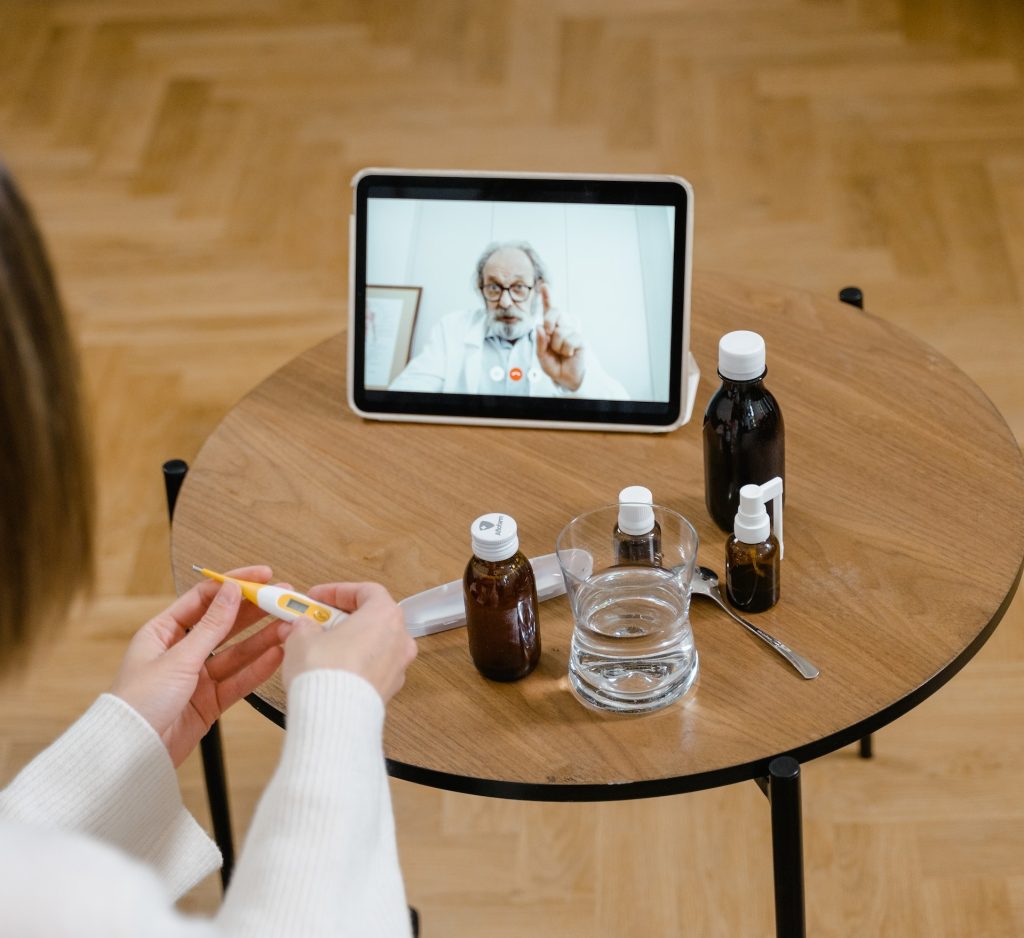The word ‘Telehealth’ has become a normal part of our everyday lives – just like virtual meetings, hand sanitising stations and working from home. As the COVID pandemic hit our shores, these terms quickly infiltrated our daily vernacular. Telehealth examinations are not new and have been a tool used by medical professionals for some time, however during the pandemic their popularity skyrocketed, and they even became an essential service. Medical practitioners have been using Telehealth technology for years to provide access to medical services to isolated patients in regional, interstate and overseas areas, or patients who are unable to travel.
Independent Medical Examinations (IMEs) have historically also seen a proportion of assessments performed by Telehealth in the past, but as the pandemic stretched on, the use of Telehealth examinations increased significantly. As Telehealth IMEs surged, we saw both benefits and disadvantages to the process. There are obvious limitations of a Telehealth examination which need to be acknowledged by all participating parties. There are also circumstances in which a Telehealth examination is an ideal model to perform an IME. We’ll discuss this further below, along with our opinion on the future of Telehealth assessments.
Telehealth – why it’s important.
Adopting a Telehealth model for IMEs meant that during the pandemic, personal injury or public liability cases could potentially progress, rather than coming to a standstill. Clients didn’t need to wait until restrictions were lifted to have face-to-face assessments. They could simply sit in the comfort of their home and have this performed. Delay to a claim can impact an individual’s injury, health and financial circumstances. Being able to receive an independent opinion by Telehealth examination allowed claims to progress.
Telehealth assessments can also be useful when a patient experiences interpersonal strain from face-to-face examinations. The process of organising themselves to travel and arrive at an appointment on time, and then interacting face-to-face, can cause a considerable amount of stress. Being able to attend a Telehealth assessment from their home can alleviate some of that stress and/or anxiety.
Telehealth assessments also provide vital access for regional Australians to medical experts. Under normal circumstances, clients may have to travel hundreds of kilometres to attend an assessment, or even fly to another state. This provides an alternative solution where appropriate.

Telehealth – the concerns.
There are circumstances in which Telehealth assessments offer advantages. We also need to consider the shortcomings of Telehealth examinations and how these will affect the outcomes of an assessment. The clear limitations of a Telehealth examination include technological obstacles such as video, sound and internet quality. If a client can’t ensure adequate access to technology, then a Telehealth assessment cannot be performed. This is similar when organising an adequate location for the Telehealth assessment to take place. A client needs to be in a well-lit, safe and private area so the medical expert can see the patient and hold a conversation.
What we believe to be a major consideration point is the inability to perform a physical examination of the client and therefore inability to assess the extent of their injury. Being able to accurately measure lengths or angles forms part of the assessment. Furthermore, these limitations need to be documented clearly so all parties can understand what could not be assessed adequately during a Telehealth assessment, and potentially followed up with a face-to-face appointment at a later date or taken into consideration when reading the report.
What are some of the examinations that cannot be carried out via Telehealth?
Some examples of physical examinations that cannot be carried out via Telehealth are;
- Muscle Strength;
- Tenderness;
- Aspects of a Neurological Examination;
- Dynamometer Testing;
- Pinch Testing;
- Patella Tracking; and
- Subluxation and joint stability.
The future of Telehealth.
Telehealth is here to stay and, when adopted appropriately, is an effective tool for both health professionals and legal practitioners. It is convenient and provides regional parts of Australia with access to expert medical professionals.
When it comes to IMEs, the use of Telehealth is a viable alternative, especially for specific assessments i.e., Psychiatry. We encourage and train our experts to document any limitations of the assessment directly in the medicolegal report, and additionally, what would be required to address any deficiencies.
If you require further information regarding our processes or would like to get in touch with our offices email admin@azuremedicolegal.com

